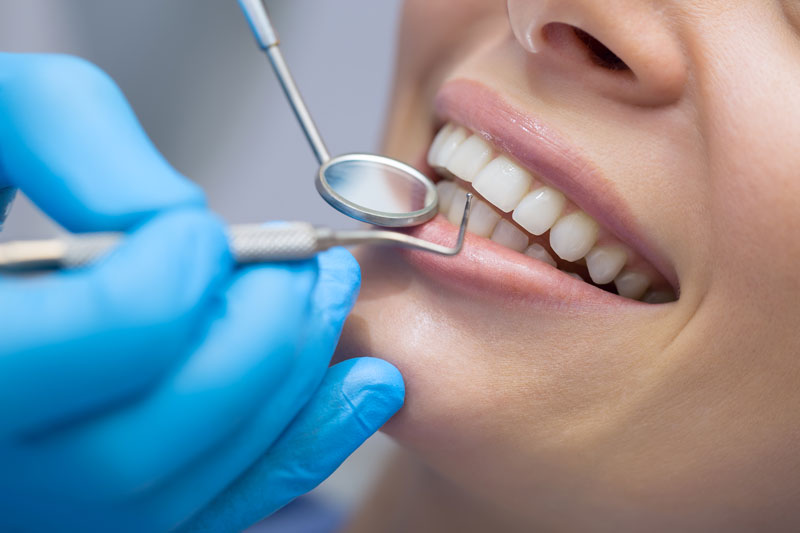Researchers at the Richard M. Fairbanks School of Public Health and IU School of Dentistry have received funding from the National Institutes of Health to study erosive tooth wear (dental erosion).
Erosive tooth wear is an acidic attack that undermines tooth enamel and results in the irreversible loss of tooth structure.
Led by Anderson Hara, DDS, PhD, associate director of the Oral Health Research Institute and professor at the IU School of Dentistry, and Gerardo Maupomé, PhD, professor and associate dean for research at the Richard M. Fairbanks School of Public Health, the study will investigate the gaps in erosive tooth wear literature that hinder the development of clinical treatment guidelines and effective public policy.
“Erosive tooth wear is an underappreciated condition in the US,” said Hara. “A lack of accurate connections between erosive tooth wear and its risk factors means that dental professionals are not sufficiently knowledgeable about its appearance, risk factors and management.”
Using data from a successful large-scale pilot study, the researchers now will disseminate critical information about erosive tooth wear by:
- Establishing diagnostic thresholds by surveying dental practitioners about erosive tooth wear.
- Determining the prevalence, severity and risk factors of erosive tooth wear in patients aged 18-35, 36-55 and 56+.
- Demonstrating perceptions of erosive tooth wear in patients.
“Our work will support the critical need to accurately diagnose all stages of erosive tooth wear in dental practice,” said Maupomé. “This will allow us to design strategies to raise awareness and support the appropriate management of erosive tooth wear in dental offices. Moreover, we will be able to gather erosive tooth wear data across age groups, ultimately improving how these topics are taught in dental schools and become mainstream clinical criteria in dental offices.”
Maupomé added that the research will provide robust, clinically actionable insight into how erosive tooth wear is perceived and what it means in the eyes of dentists.
Maupomé and Hara will conduct research in the National Dental Practice-Based Research Network, a nationwide ‘laboratory’ of dental care. This large-scale panel of dental practitioners represents everyday clinical care delivered to real-life patients.
The National Institute of Dental and Craniofacial Research is funding this long-term panel project. The study will be divided into two phases and take four and a half years to complete over both phases.


